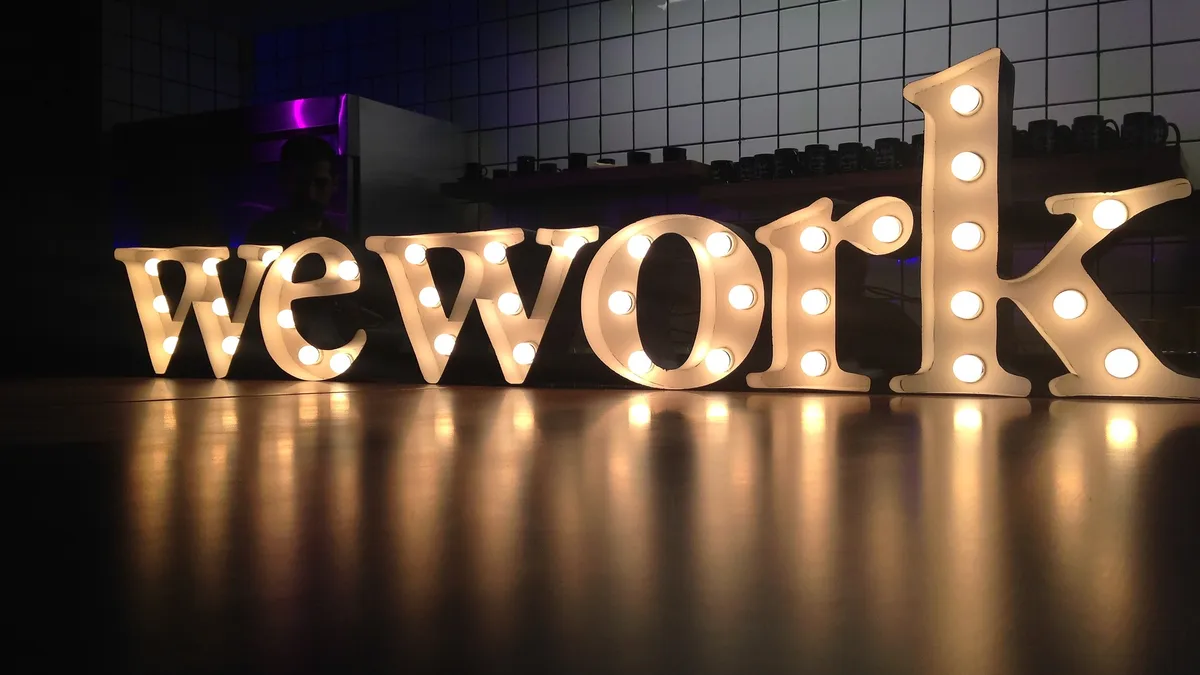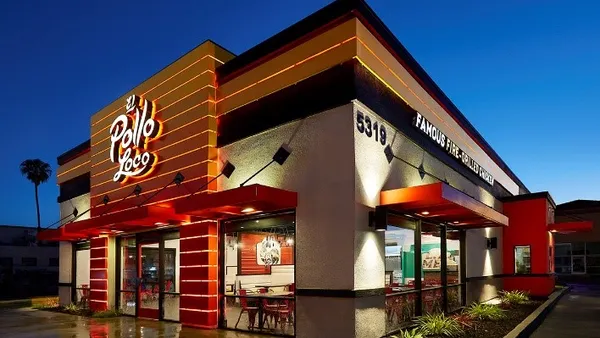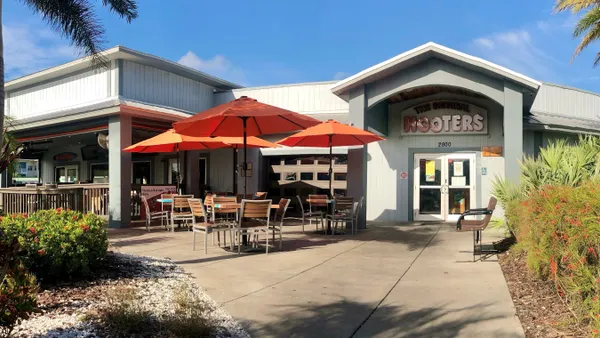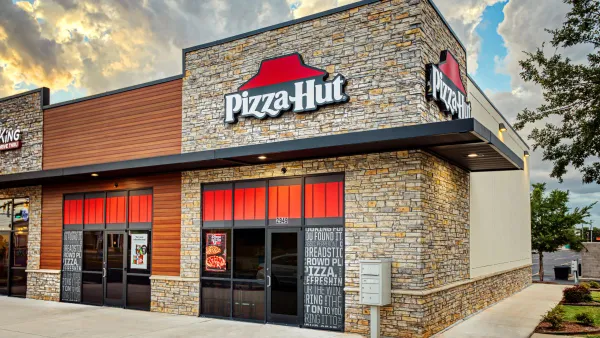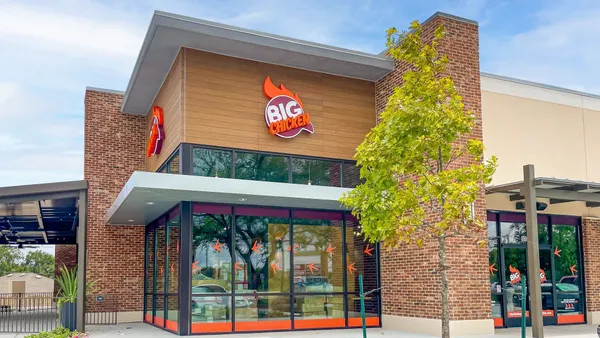Dive Brief:
- WeWork announced in a press release Tuesday its acquisition of rival coworking business Spacious, a company which turns high-end restaurants into coworking spaces during off-peak hours.
- Spacious was created in 2016 to take advantage of underutilized urban spaces, and has since converted dozens of restaurants and vacant retail spaces in the New York and San Francisco markets to serve the coworking crowd.
- Spacious charges $20 per day and up to $129 per month for an annual membership for access to their coworking spaces.
Dive Insight:
Coworking space users have found benefits through models like Spacious because it tends to be cheaper than what they'd typically spend through a WeWork membership, and because it helps them stop work at a certain time when the restaurant returns to normal business operations, according to Tech Crunch.
It's also a benefit for restaurants, which can gain a new revenue stream during off-peak hours by offering up their space. Occupancy costs can take up 6% to 10% of a restaurant's gross sales, so maximizing this space is critical. These coworking opportunities can also be a marketing boon, as they expose the space to potential new customers.
Plenty of other coworking companies have found a nice cadence in the restaurant space, including DropDesk, Flexday and KettleSpace. KettleSpace co-founder Nick Iovacchini, who also owns a restaurant, told Upserve the idea to go into coworking came about because lunch service yielded smaller check sizes and lower alcohol sales. The opportunity to offer a coworking space allowed his restaurant to monetize assets differently. He also said it's been more profitable than the restaurant business because partnership fees go straight to the bottom line. Another restaurant operator told the publication that its partnership with Spacious was easy to execute.
While efficiency is the name of the game for these on-demand workspaces, there are plenty of potential challenges as well. Turning the restaurant over to a coworking crowd could disrupt the operational flow for restaurants in between dayparts. It could also turn off late-afternoon customers looking for a high-margin drink, and could confuse or turn away potential customers. A diner looking for a 3 p.m. appetizer may not return to the restaurant if all they see during that time is a coworking business.
Despite these challenges, coworking is expected to be here to stay, and with WeWork's backing, Spacious could expand beyond its current footprint and offer WeWork a new revenue stream. The competition in the coworking space has ramped up significantly, with one study predicting that 5.1 million people worldwide will use such a space by 2022. An investment from Japanese conglomerate SoftBank pushed WeWork's expected valuation to $45 billion in late 2018, despite that its previous $20 billion valuation figure was already viewed as inflated.
As WeWork (renamed recently the We Company) prepares for its impending IPO, it has plenty of cynics about its model and lasting power. It lost more than $1.3 billion in the first half of this year, or almost $5,200 per customer, according to CBS News. WeWork's costly model comes from renting out office buildings, flipping them, then subleasing turnkey space to a range of companies from startups to enterprise businesses. Diversifying its model by adding restaurant-focused Spacious may provide some relief here.
The fact that the coworking behemoth is also expressing interest in the restaurant space could have a lasting impact on the restaurant industry, especially if it expands this model quickly as it has with its traditional coworking model. It could also help restaurants figure out what to do with dine-in space that is becoming less popular with the rise of off-premise and delivery.


